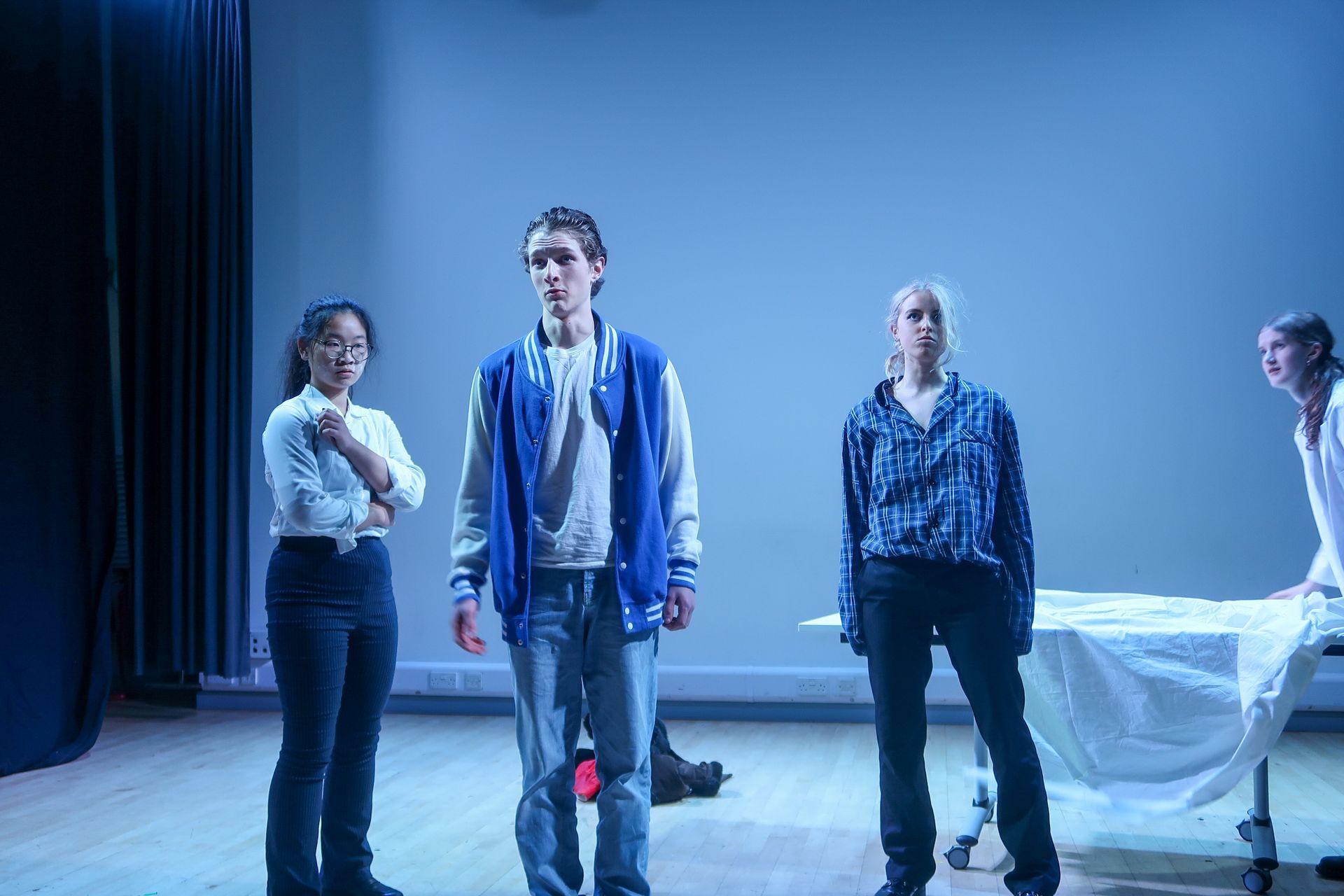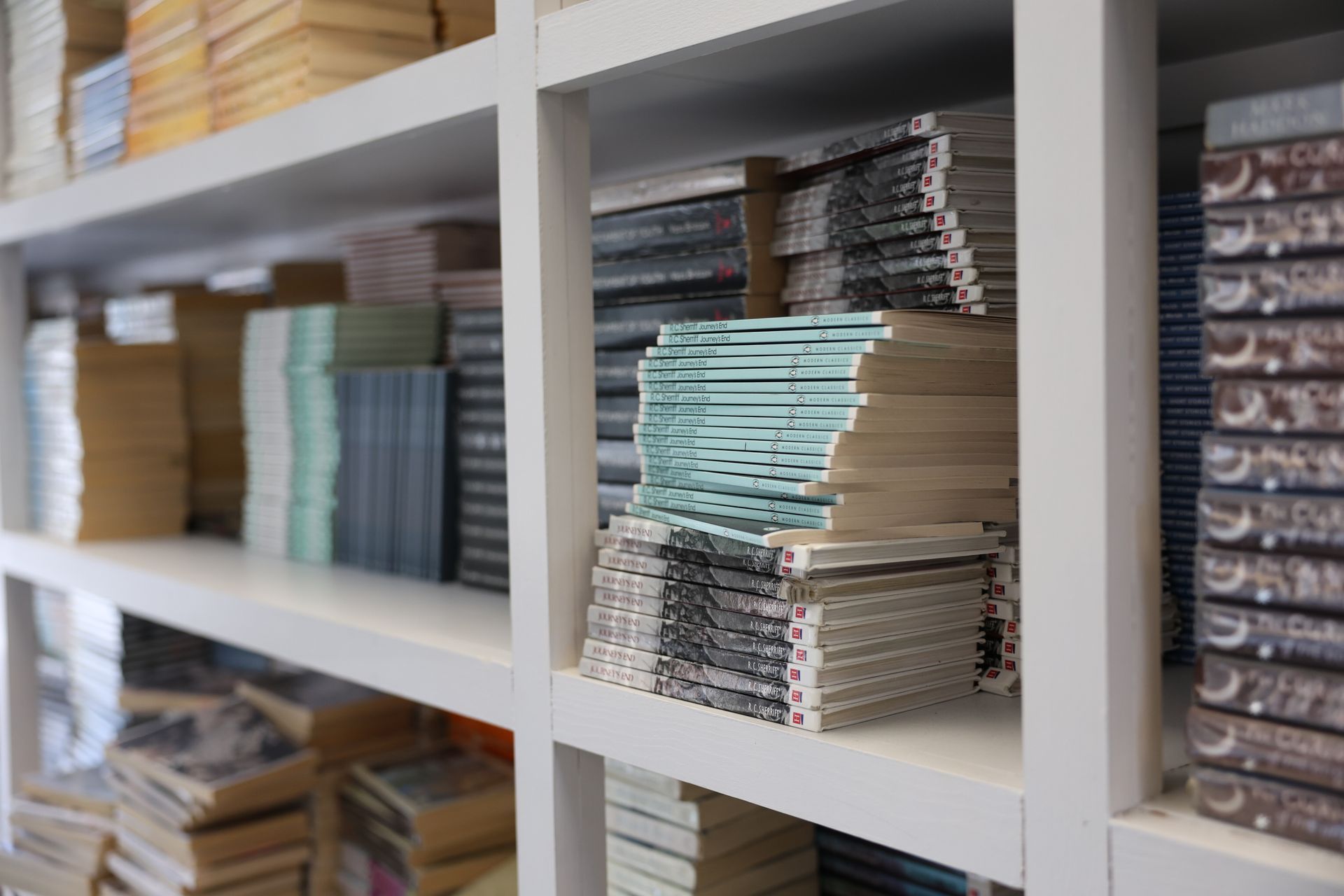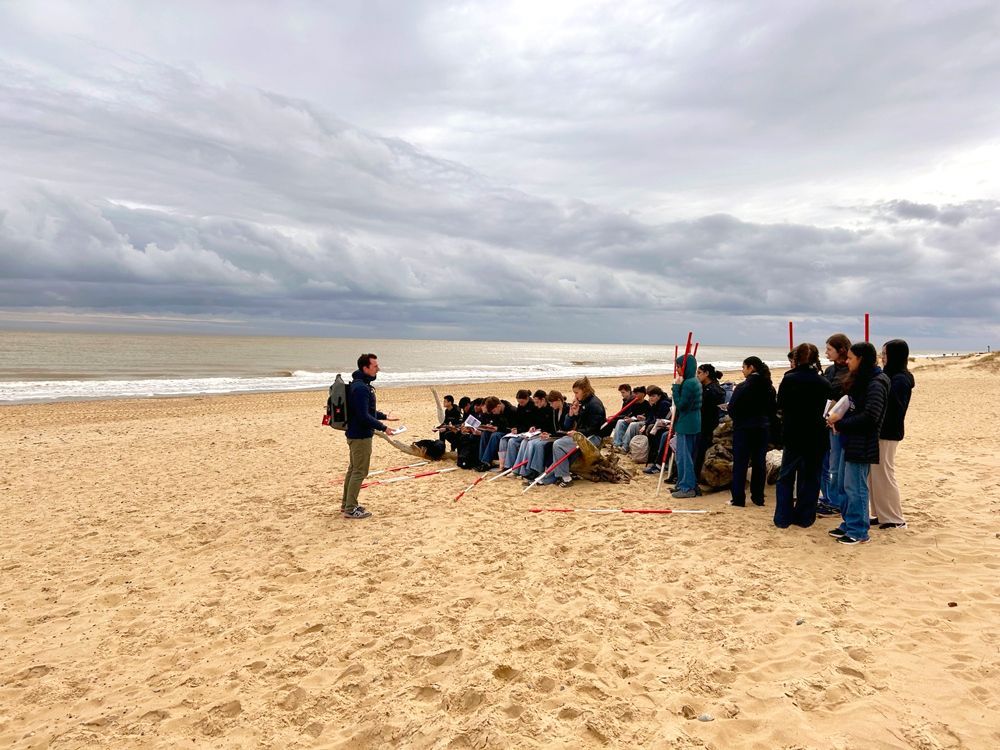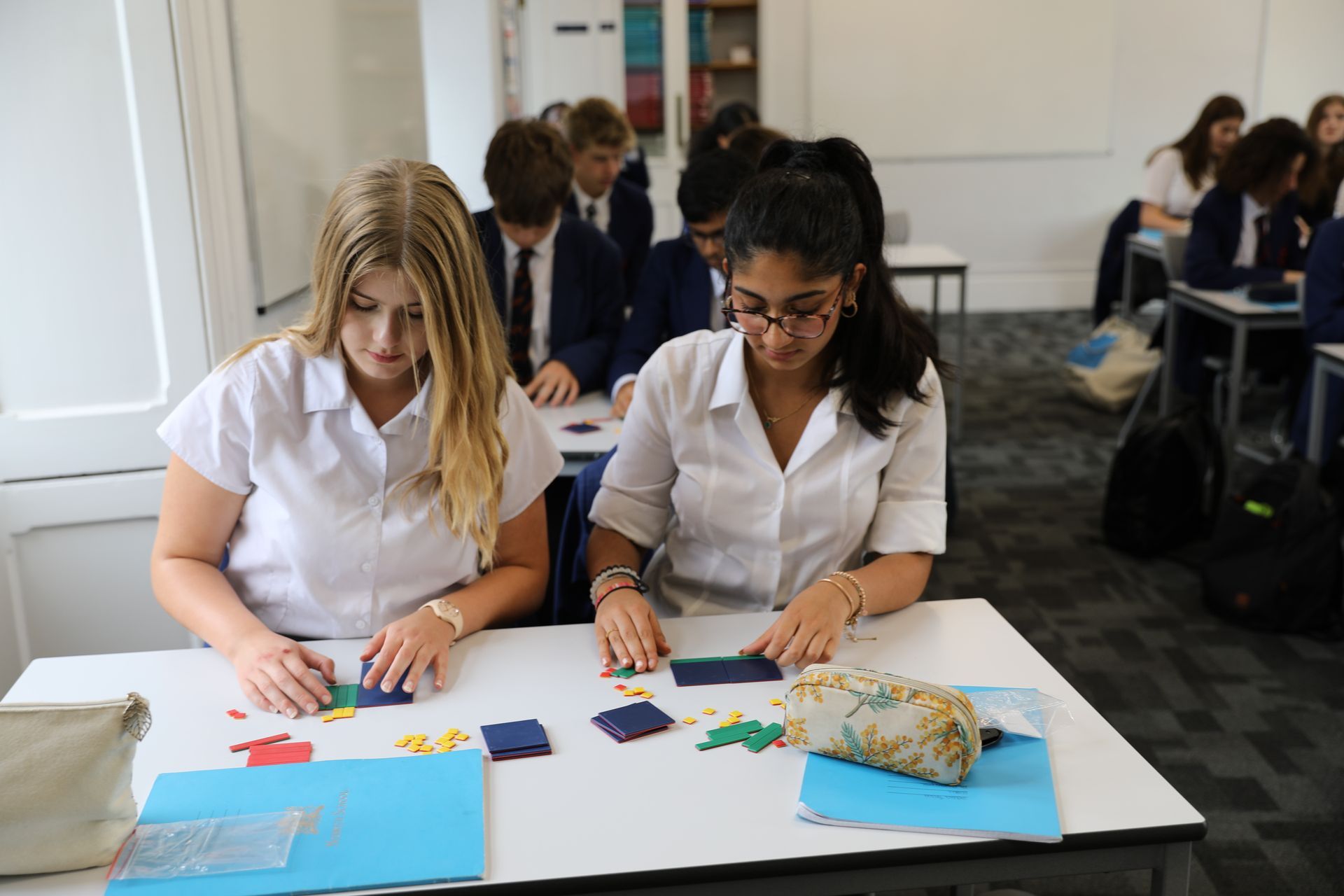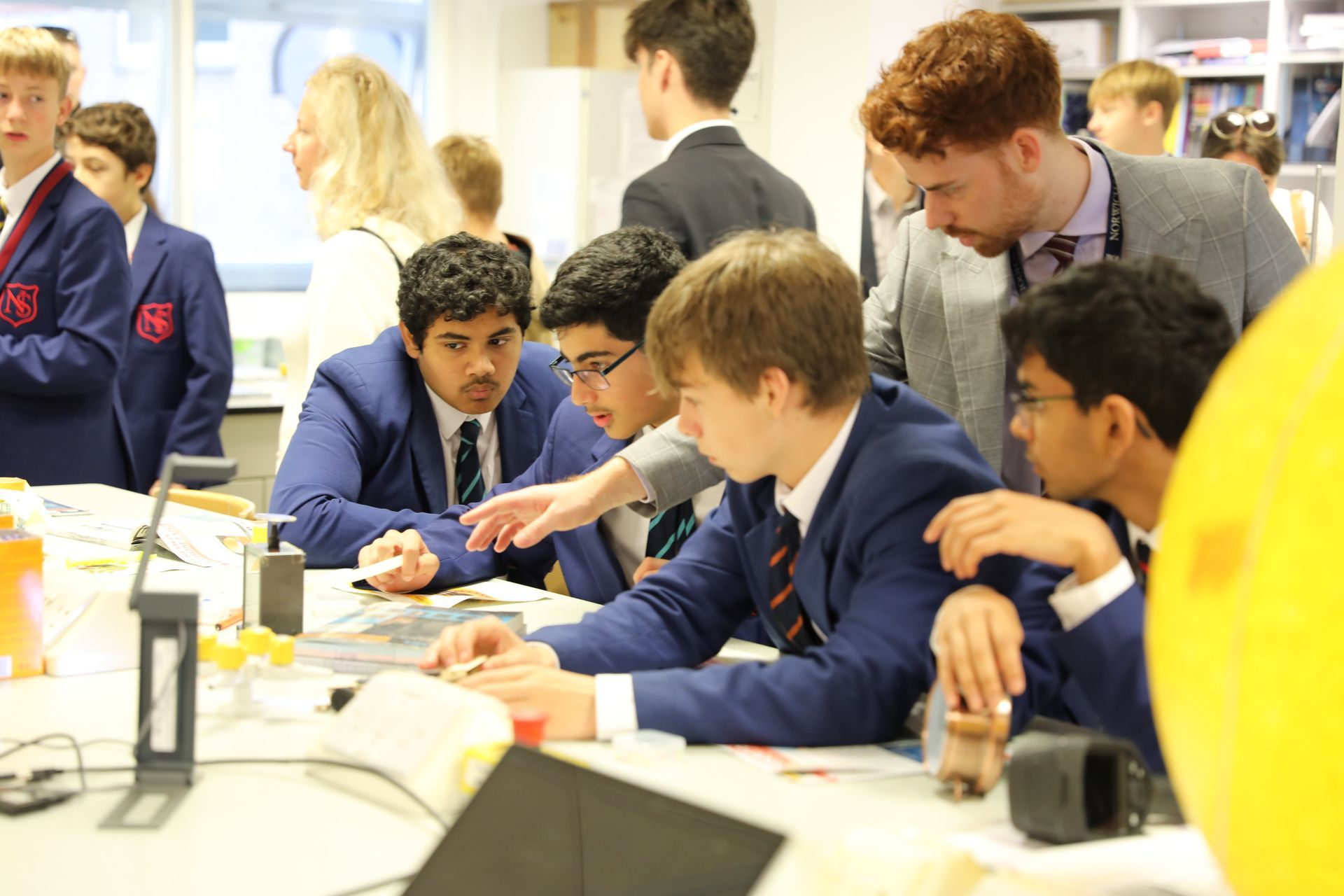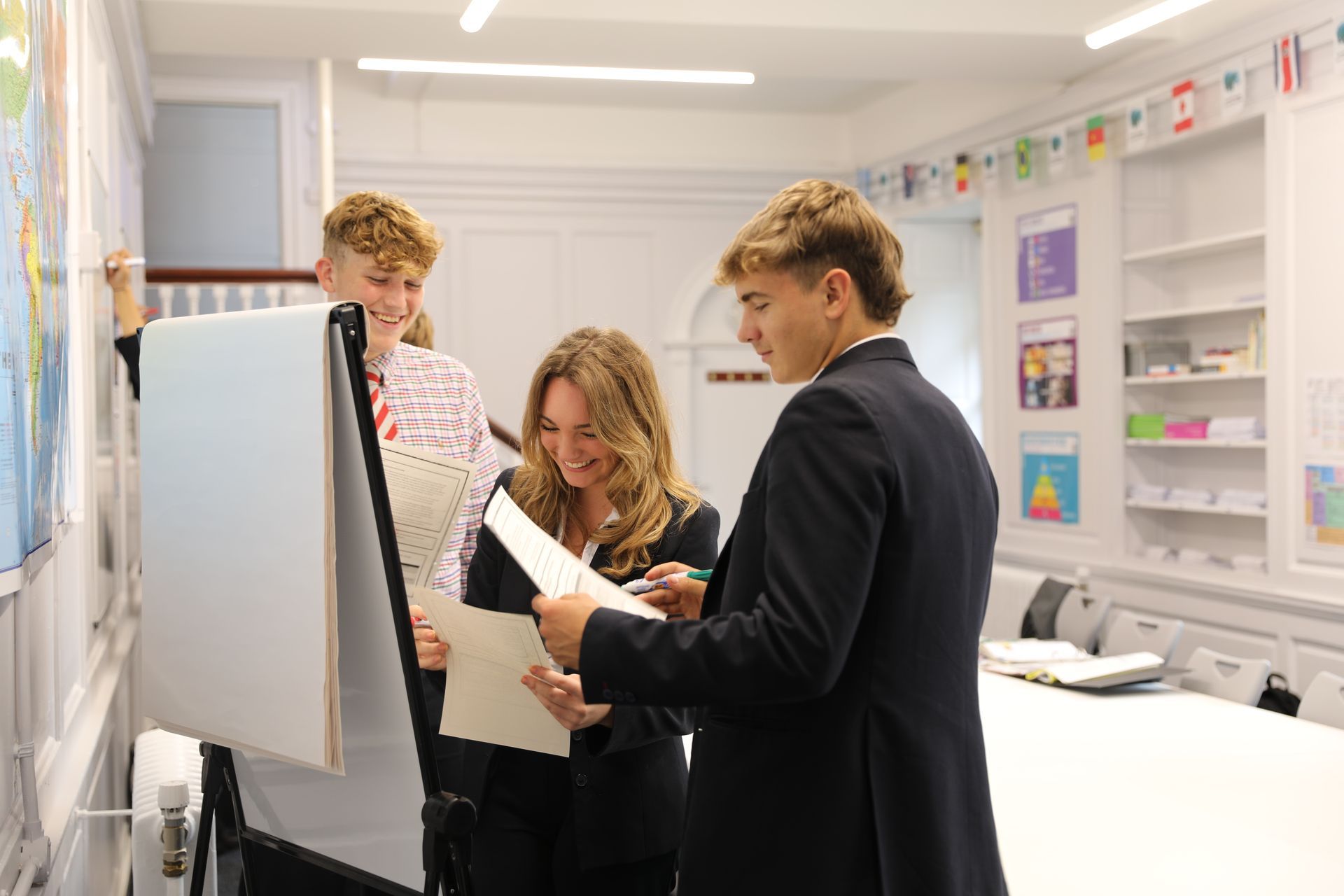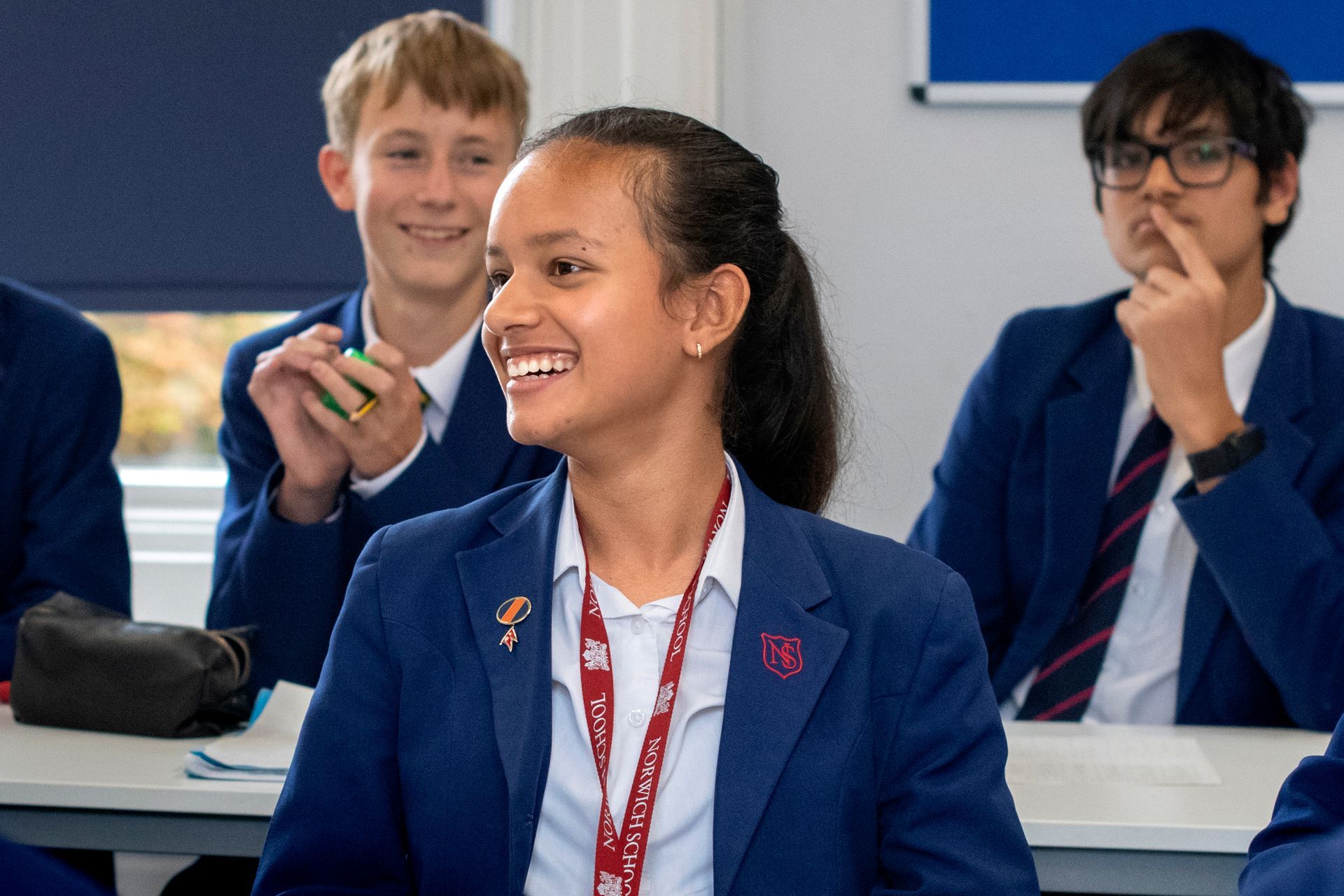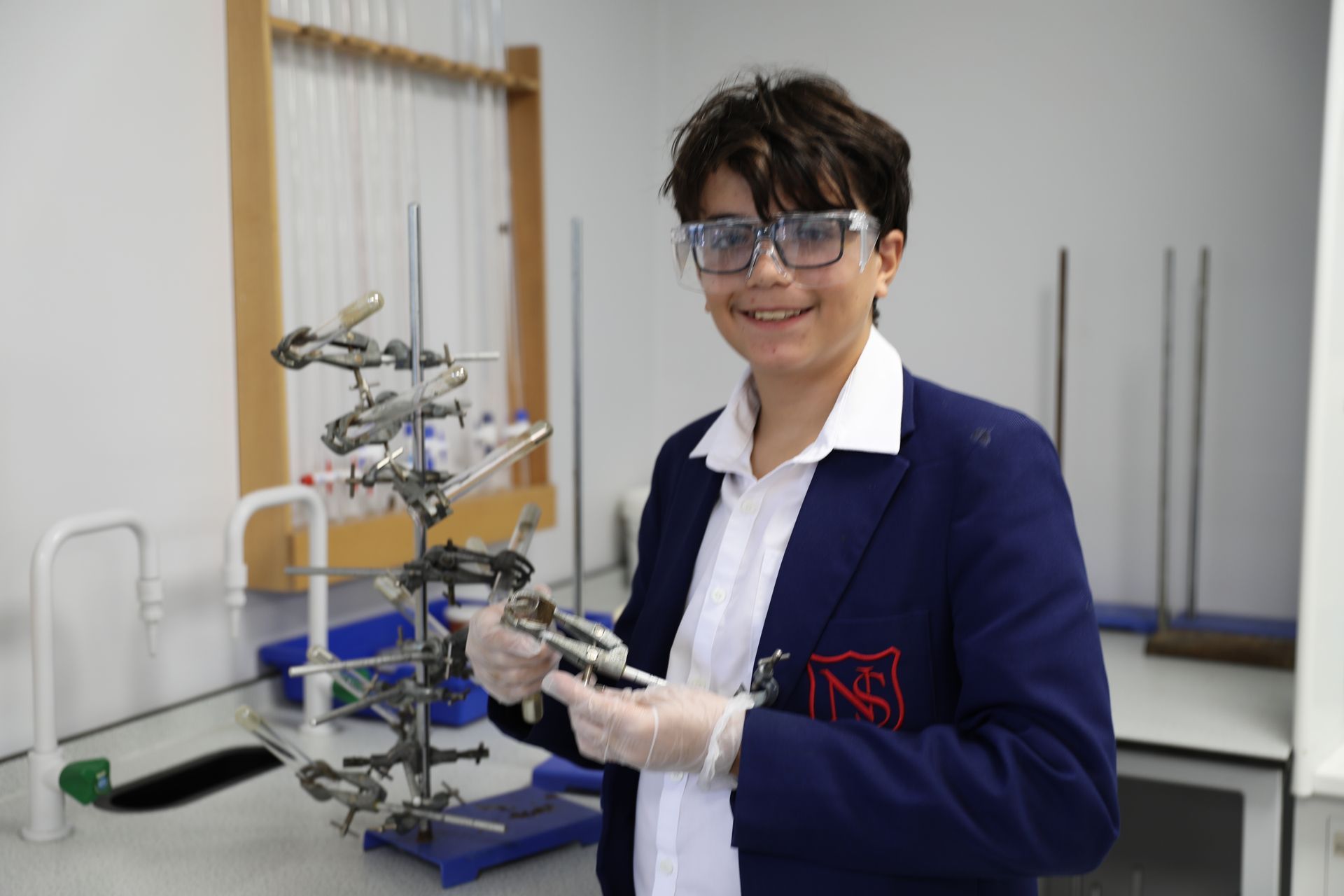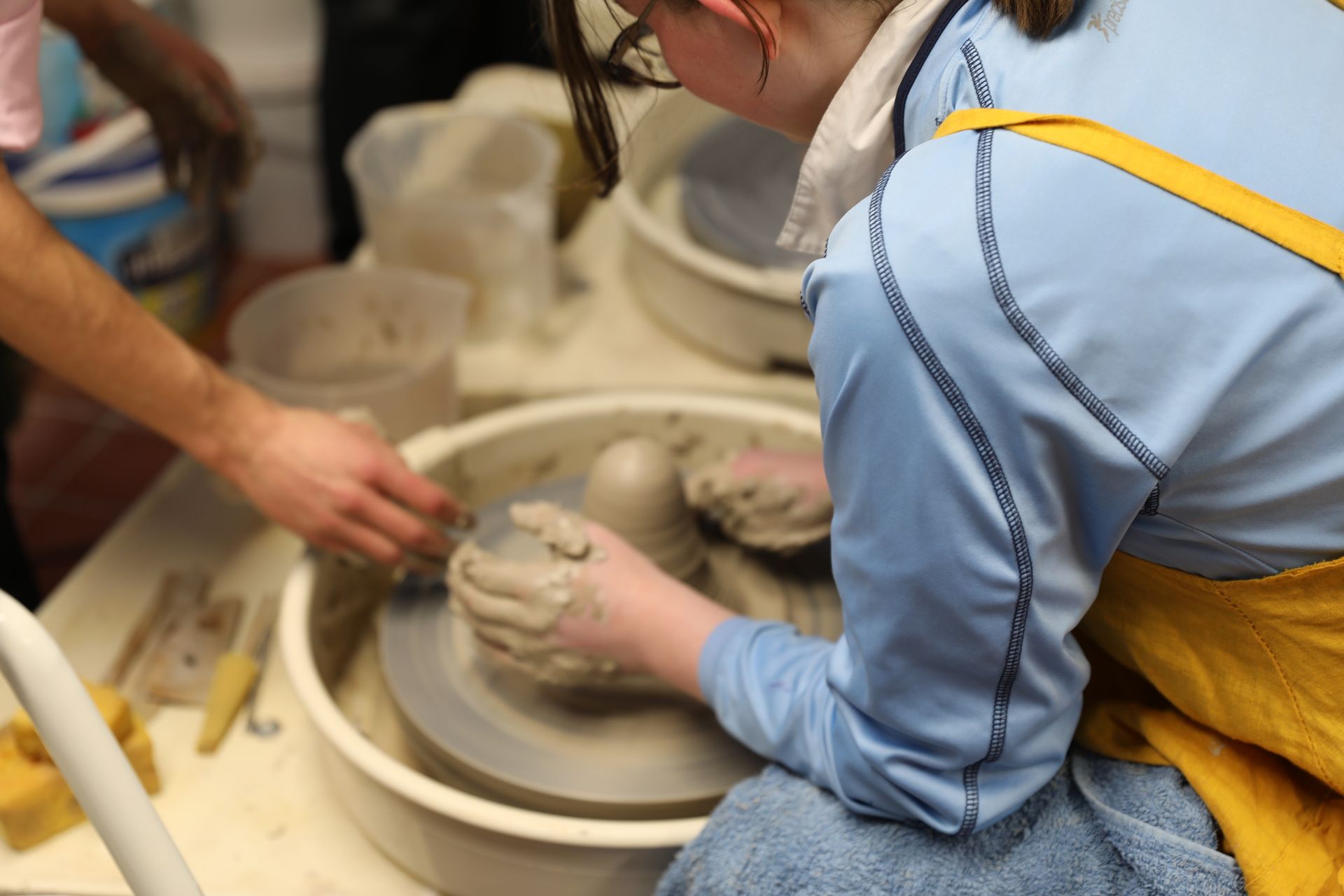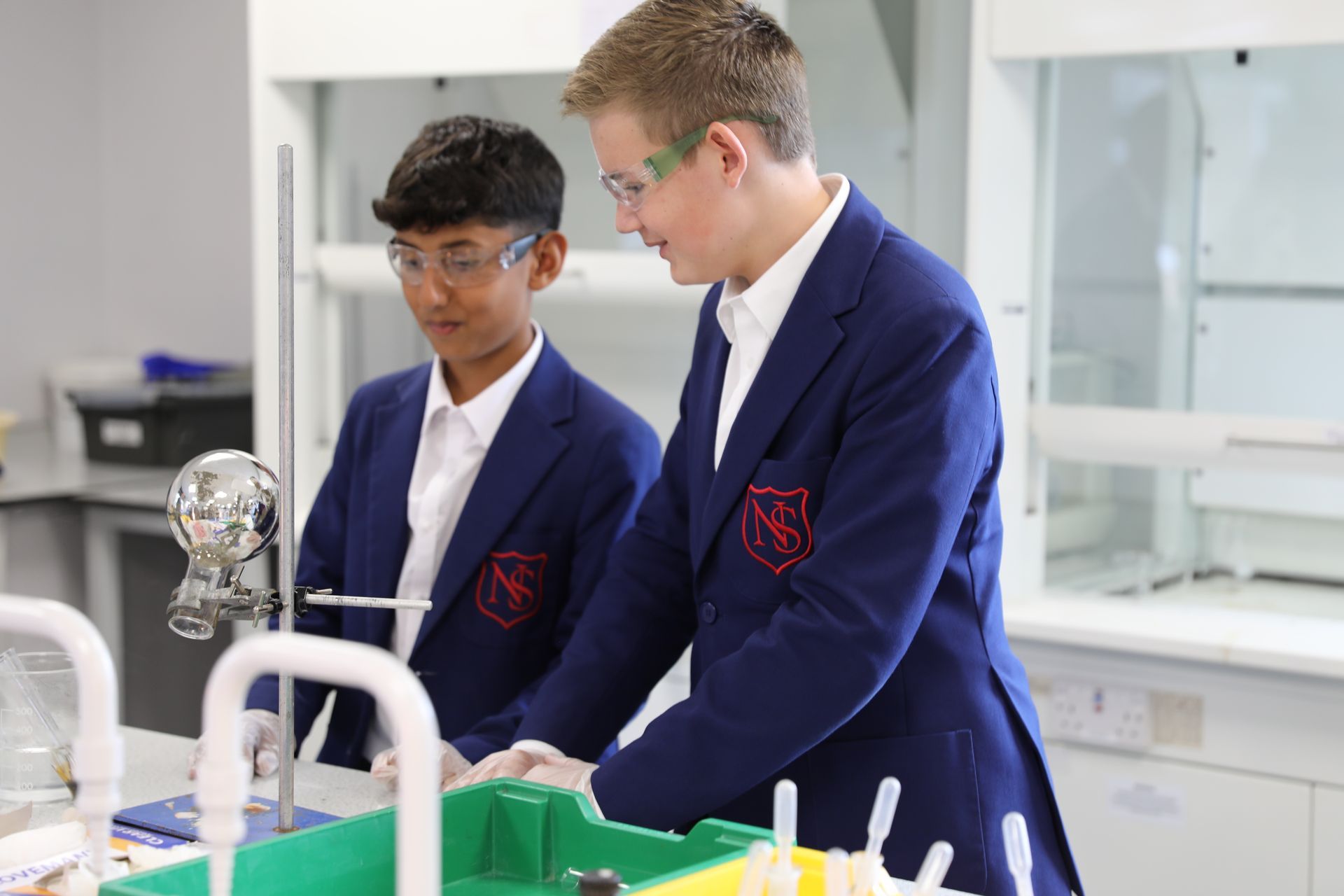Departments
At the heart of the broad education provided by Norwich School are learning and scholarship. Click on the tiles to find out more about our different departments.
Latest Departmental News

There was a buzz in the air as Upper Four pupils gathered for a lively afternoon of book discussion, marking the culmination of many weeks of dedicated reading. Pupils had explored a wide range of titles from the prestigious Carnegie Book Award shortlist, alongside contenders from the Norfolk and Suffolk School Library Association’s Lightning Lit Awards. The event opened with a thoughtful address from Mr Douglas-Field, who reflected on the experience of reading books chosen by others. He shared how stepping outside his usual preferences had been both surprising and rewarding, encouraging pupils to embrace the unfamiliar in their own reading - and wider - choices. Staff from across the school — including Mathematics, Learning Support, and PPD — joined colleagues from the Library and English departments to lead discussion groups, highlighting how reading for pleasure is embraced well beyond the classroom and across the Norwich School staff community. Seven books were discussed in total, sparking a range of thoughtful opinions and lively debate. The most popular title overall was Camp Killer by Cynthia Murphy, a Lightning Lit shortlisted book, while pupils’ favourite from the Carnegie list was King of Nothing by Nathanael Lessore, appreciated for its humour and relatable characters. The afternoon offered a valuable opportunity for pupils to share ideas, reflect on different stories, and hear a variety of perspectives — a fitting and rewarding way to round off a term of reading and literary exploration.
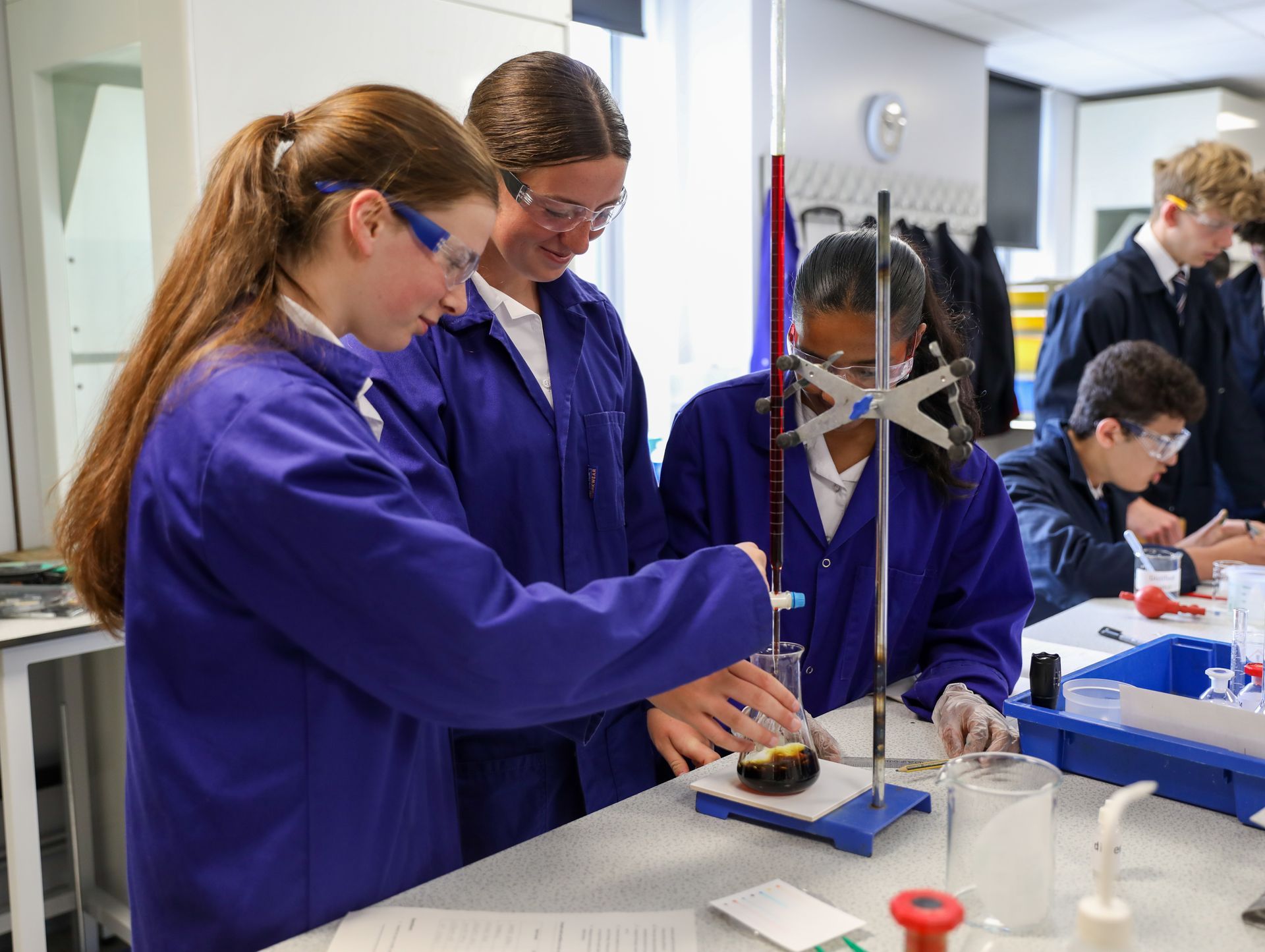
On 15 May, 12 teams of three L6 chemists took part in the Royal Society of Chemistry's (RSC) Young Analyst competition. This is a national competition where the top team from each region will be invited to take part in a national final. This year the pupils took on the role of analytical chemists assisting the Department of Housing to evaluate the suitability of an old industrial area for building new houses. This required them to prepare and titrate a standard solution, analyse the ions present through flame tests, and carry out a delicate thin layer chromatography (TLC) analysis. They then had to analyse their results and draw conclusions, submitting them to the RSC for judging. Only the most skilled and accurate experimental chemists can do well in this competition! The top 1 teams are as follows; Team 11 - Lizzie Henson, India-Rose Fox, Sruthi Santhosh Team 7 - Mei McAuley, Amy Li, Sissi Chan Team 12 - Emmanuel Milne, Tom Irvine, Omar Alfiky Congratulations to all who took part!
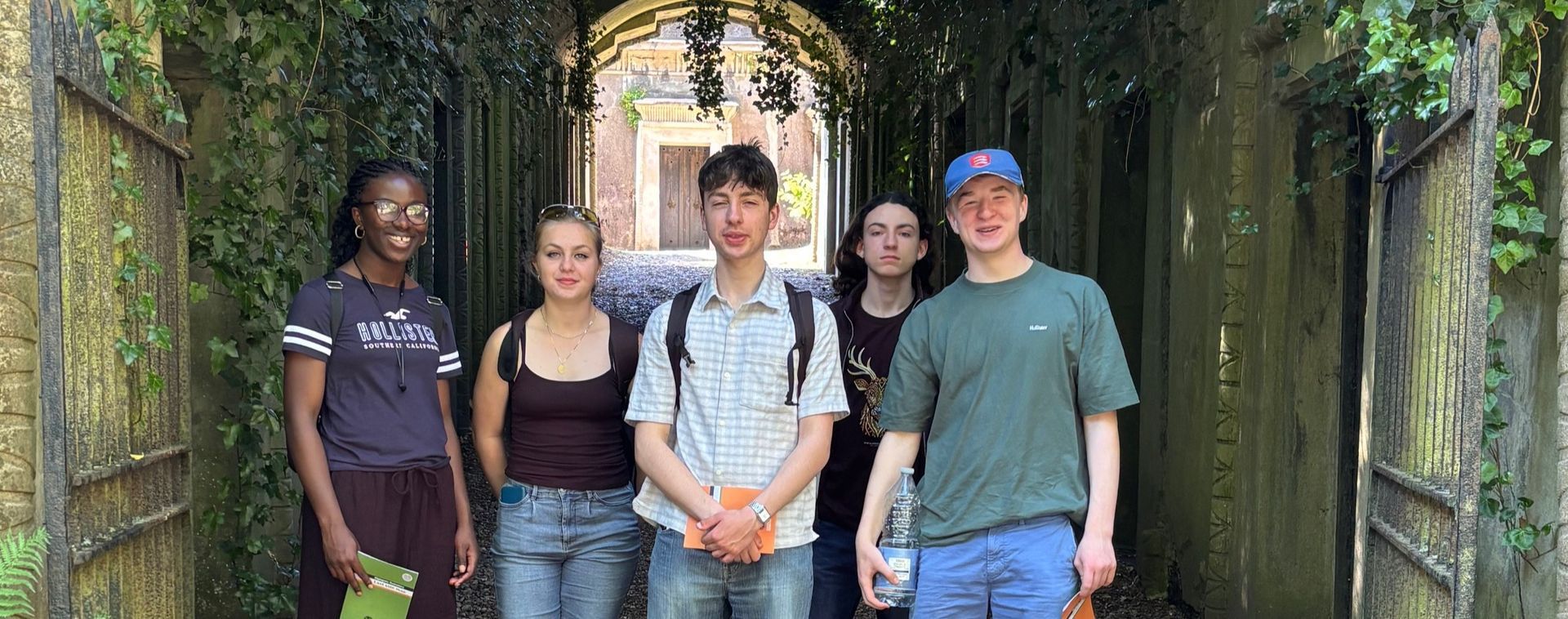
On Tuesday 13th May the L6 scholars were taken on a trip to Kenwood House and Highgate Cemetery in London by Dr Farr and Mr Murray. The trip was intended to inform an ongoing discussion that we were having in scholarship lessons on identity and biographical writing. In Kenwood, the pupils presented on a painting of their choice to the group and we considered the life of Dido Elizabeth Belle (1761-1804) and her relationship to the abolition of slavery in the British Empire. We then had a tour of Highgate Cemetery with a view to thinking further about social identity in the Victorian period. We were fortunate enough to bask in beautiful sunshine throughout the day. Later in the school year the scholars will be producing pieces of writing based upon our experience of these two fascinating locations.
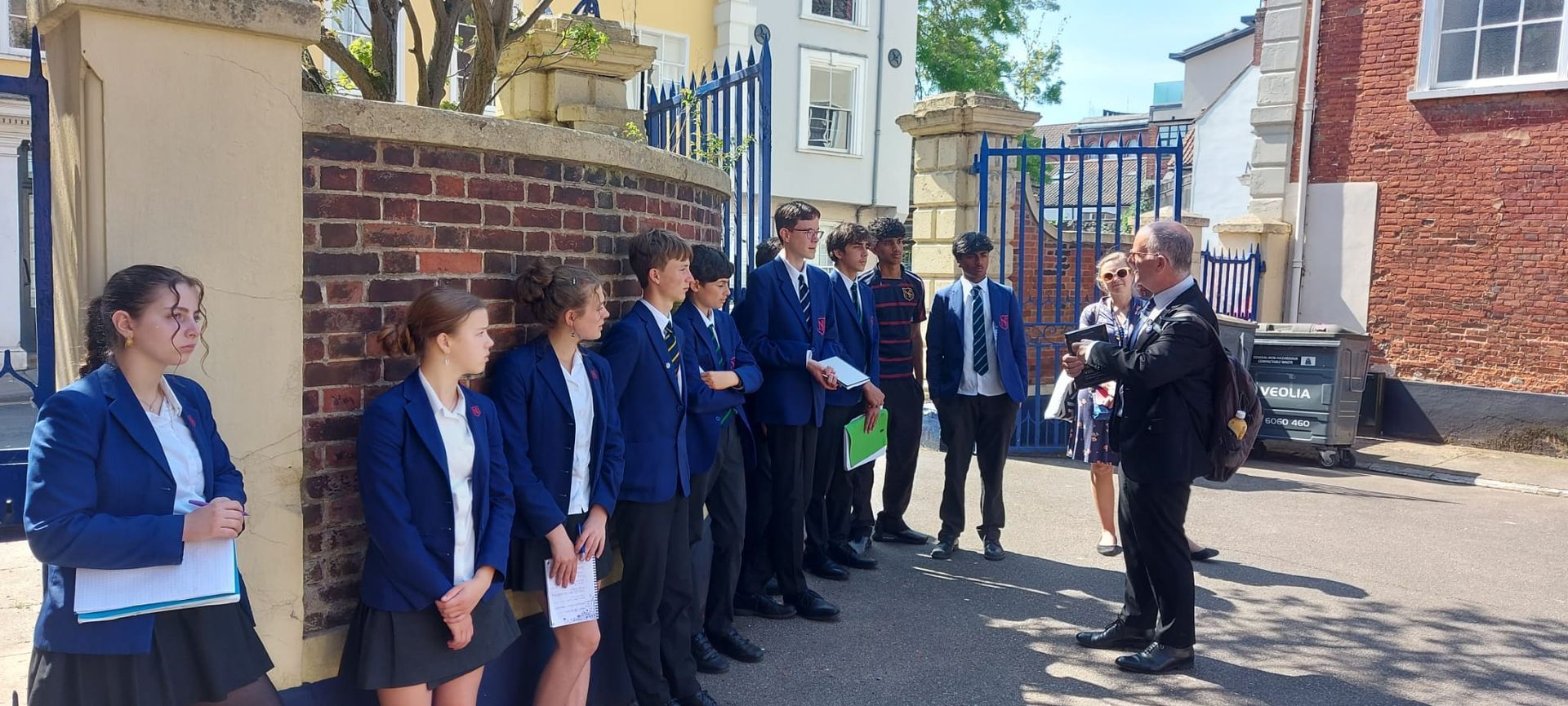
On Thursday 1st May Middle 5 Academic Scholars enjoyed a walking tour of Norwich with a ‘strange’ twist. Professor Christopher Joby (ON) guided the group around city streets within a stone’s throw of The Close to learn about the history of the ‘Strangers’ in our fine city. Norwich has become known as a City of Sanctuary in recent years, welcoming refugees and families from around the world. However, as we learnt on this short trip, Norwich has had a reputation for welcoming ‘Strangers’ from other countries, and particularly persecuted communities, for at least five centuries. Pupils were astonished that streets so close to our school contain so much history- we stopped at 6 churches within the space of a few hundred meters. Even Norwich School’s very own Reynolds library featured since it was previously a chapel for the French strangers. This visit sparked much reflection on the part of the pupils and staff, considering the societal impact of these communities as well as their linguistic and cultural legacy. This led to many follow-up questions from pupils, such as... How do churches end up being named after people? Did the strangers get taxed officially or was it more lowkey? Why wouldn't the Strangers come over to Norwich with their families? Where did the funding for all the churches come from? Did anyone ever come looking for the persecuted Strangers? How might the Strangers’ language have influenced the Norfolk dialect of today? Plenty to ponder, speculate on and research! I was fascinated by the history of the strangers, particularly how our very own Reynolds library, was previously a chapel for the French strangers. It has also enhanced my knowledge of catholic and Protestant tensions during the Tudor period. This trip greatly increased my appreciation of both Norwich School, and the city as a whole. - Mrs Lucy ED Parkhouse
